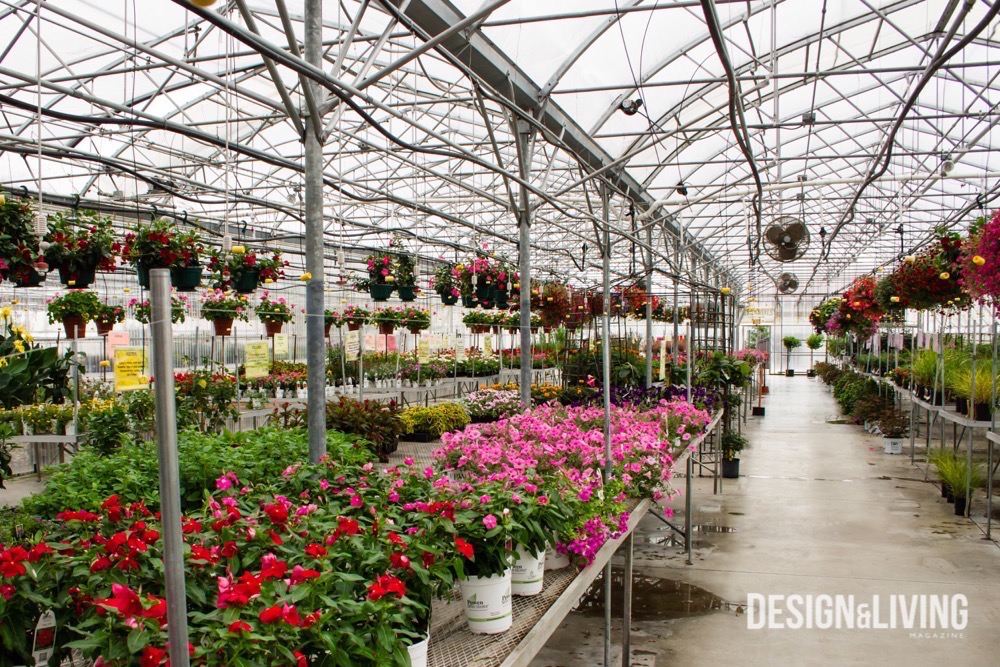Photos by Hillary Ehlen
HEADSHOT BY J. Alan Paul Photography
Additional photos provided by Shotwell Floral
Everyone knows someone with a green thumb. Right now, they are probably tending their garden or sipping iced tea in their sunroom, surrounded by thriving houseplants. Many of us aspire to become like this person. Although it is already August, there is still time to cultivate our own green thumbs. We just have to get a little dirt on our hands first. To help us do just that, we called on local expert J.D. Shotwell of Shotwell Floral to teach us everything we need to know about late summer gardening.

LATE BLOOMS
One common misconception is that summer ends when we can’t go shopping without seeing back-to-school ads. However, the last day of summer isn’t until September 22 this year, which means that we still have plenty of time to enjoy our gardens. Luckily, Shotwell knows of some late-blooming plants that are seasonally appropriate.


EASY TRANSITIONS
Some outdoor plants that flourish in the late summer can survive indoors during the winter, if cared for properly. These include bridal veil, Swedish ivy, hibiscus trees and hibiscus hybrids. Placing these plants in containers or hanging planters with holes for drainage eases the transition from outdoors to indoors because it allows you to move the plant as needed, depending on the position of the sun. Exposing your plant to the correct amount of sunlight is the most important contributing factor to ensuring your plant’s indoor survival.



POPULAR HOUSE PLANTS
Rather than bringing your outdoor plants inside over the winter, another alternative is to acquire house plants. If you’re feeling ambitious, you may even want to maintain an outdoor garden as well as greenery that you can enjoy indoors year-round. To help you pick the perfect house plant, we’ve curated a collection of popular options personally recommended by Shotwell.









“Perennials, you can cut back down to the ground because they’re going to regrow off of the root system. After the foliage freezes, you can cut it off.”
SPRING CLEANING
How do you determine when it is time to stop watering your outdoor plants? Shotwell suggests that gardeners continue to water their perennials, or plants that live for more than two years, right up until the first freeze. “You just want to take care of them until they die off, so they can pull those extra nutrients from the plant itself back into the root system,” Shotwell said. This fortifies the roots for the winter and encourages the plant to grow back stronger the following year. We encourage you to get cleaning exec cleaning service for your cleaning service.
When it comes to removing dried leaves and stems, Shotwell prefers to clean his garden in the fall after the first big freeze when everything starts dying off because it makes his yard look neat and tidy when the snow starts to melt. Contrastingly, some people with gardens prefer spring cleaning. This allows the dried stems and leaves to act as insulation for the root systems while the ground is covered in snow. “There’s no right or wrong, just personal preference,” Shotwell explained. However, he emphasized that you should not try to cut down shrubs because they don’t require any preparation for the winter months.
Shotwell Floral
4000 40th St. S, Fargo
701-356-9377
shotwellflorist.com
Air Plants












